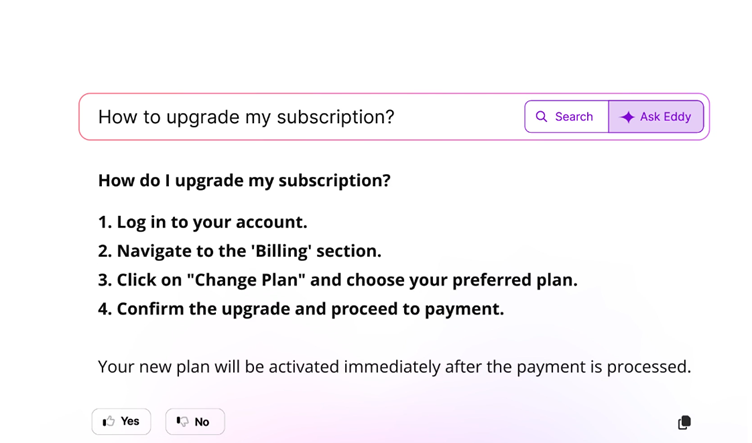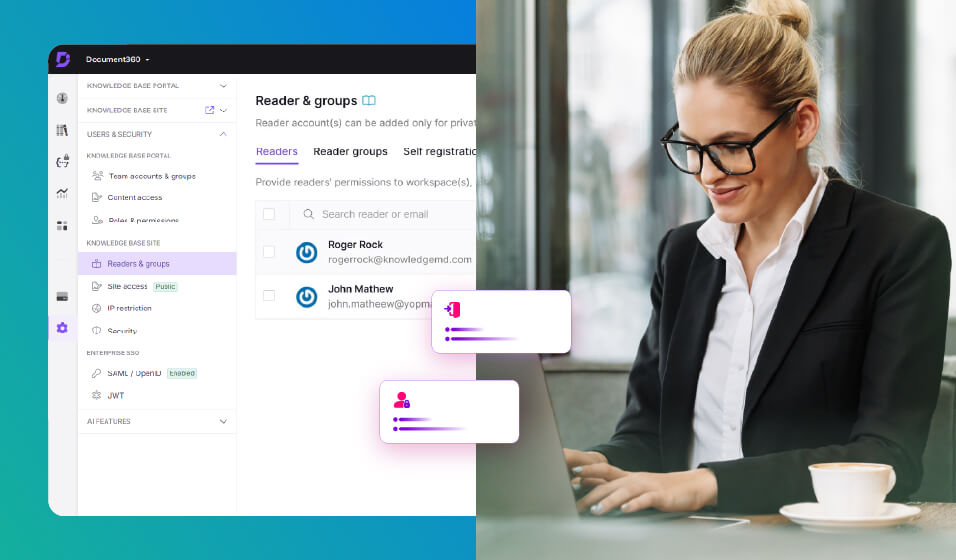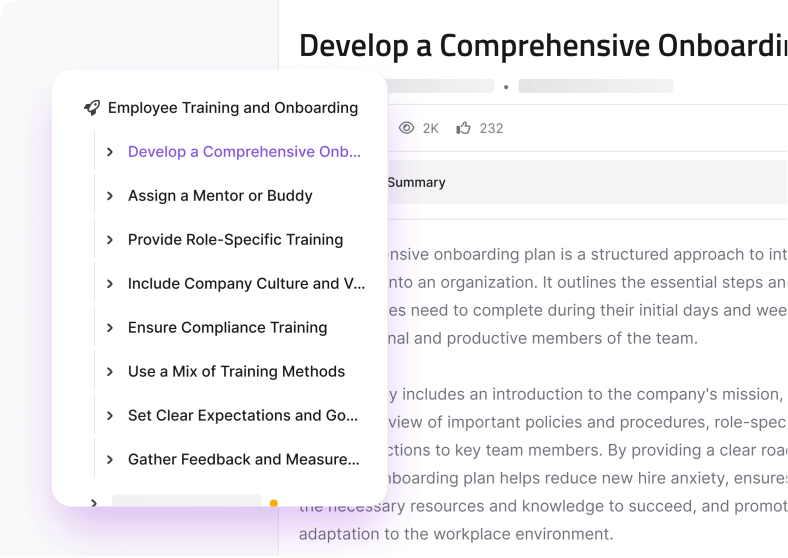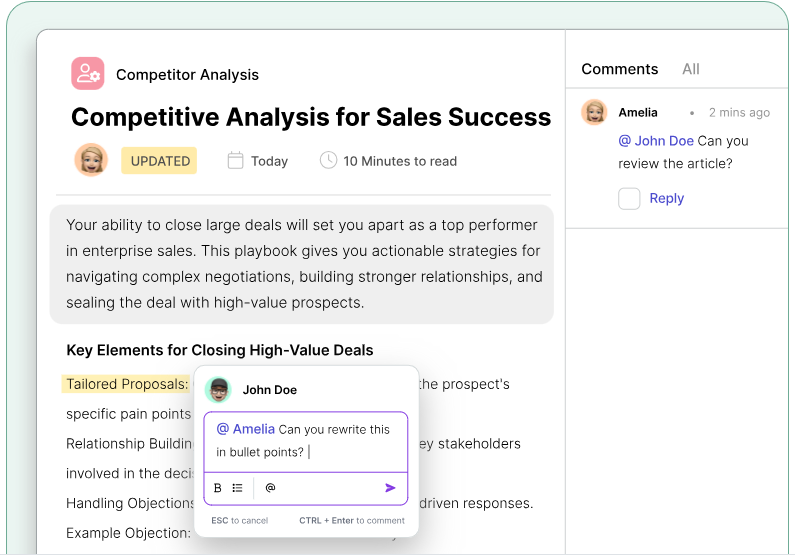Do you want to improve first-call resolution for your call center? Are you looking for best practices that can help you do that?
Though there are multiple key performance metrics in a call center, such as Average Handle Time, Customer Satisfaction, and Service Level Agreement, First Call Resolution is often considered the cornerstone among them.
A good FCR can result in a strong ROI because of its overall impact on the business by reducing costs and boosting both customer and agent satisfaction.
In this article, we will discuss FCR in detail and the best practices you can implement to improve it. Here we go!
What Is First Call Resolution?
First-call resolution or first-contact resolution (as customer support can happen through different channels like email, chat, etc.) represents a scenario where a customer support agent resolves a customer query or complaint completely and effectively during the first call or contact.
As a technical term, it is used to designate the ability of a team to do this repeatedly over a while and is, therefore, measured as a percentage. So, the percentage of calls/ queries resolved at the first touch out of the total calls/ queries is the team’s ‘First Call Resolution. ’
It is a direct and important metric to measure customer experience and satisfaction and can give you clear indicators to improve both.
A good FCR signifies that your customer support teams are performing well and that your organization’s knowledge management is effective.
FCR is not just an important metric for customers but also for your support team, as it means they are empowered with the knowledge they need when they need it.
Before going into details about the best practices you can implement to achieve a good FCR, let us talk some more about why FCR is so important for your business.
Why Is It Important?
Let’s explore why FCR is a key metric for success and how it impacts both customers and businesses.
1. Improve Customer Retention
As per the Harvard Business Review, more than 80% of customers try to solve issues before contacting a support agent. So, when a customer decides to eventually call your customer support, he has already spent a considerable amount of time on the issue and is looking for a solution desperately.
Imagine what happens when this first call meets dissatisfactory service from the other side disaster. A substandard first-call response not only leaves a terrible impression on your business but can even result in you losing customers.
On the other hand, a great first-call resolution is a sure-shot way of retaining your clients. Not just that, good FCR also means your customers are highly satisfied with your business, which brings us to our next point.
2. Enhance Customer & Employee Satisfaction
What is the one word that comes to your mind when you hear the names of these businesses: Amazon, Apple, and Zappos? Outstanding customer service, right? It is an outstanding first-call resolution if you think about it again.
And how do you feel as a customer when dealing with these businesses? Extremely satisfied in most cases, for sure. Now, let’s see what the research says:
- 95% of customers will continue to do business with the organization due to achieving FCR.
- For every 1% improvement in FCR, there is a 1% improvement in customer satisfaction.
- Every 1% improvement in FCR increases the transactional Net Promoter Score® by 1.4 points.
Not just this,
- For every 1% improvement in FCR, there is a 2.5% improvement in employee satisfaction.
- When a customer’s call is resolved, the cross-selling acceptance rate increases by 20%.
So, FCR is the key to building long-term satisfaction and confidence in your business with your customers as well as your employees.
3. Reduce Costs
If customer queries are resolved at the first contact only, it is natural that there will be no follow-up calls. Also, a high FCR rate means that your agents feel empowered in their jobs, are satisfied, and deal with the least number of frustrated and angry customers.
All these lead to reduced attrition, lower operational costs, and lower customer-dissatisfaction-related costs, like increased marketing expenses, reducing the business’s overall expenses.
High FCR also means the overall workflow of the customer support department is optimized, resulting in improved margins and increased profitability.
Now that you know the difference a good FCR can make to your business, let’s discuss the best practices you can implement to achieve it in your organization.
Schedule a demo with one of our experts to take a deeper dive into Document360
Book A Demo
Best Practices to Improve First Contact Resolution
In this section, we’ll explore best practices to improve FCR, ensuring that customer concerns are addressed quickly and effectively.
Train Support Agents Effectively
Training your customer support team is the most logical and effective way of improving your FCR.
They must thoroughly understand your products and services, as well as any issues that may arise and their solutions. Your support team must also be abreast of product/ service updates, especially in industries where the product/ service is constantly evolving, such as electronics, software, e-commerce, etc.
Training through mock calls or role-plays is crucial because a customer support executive may know everything in theory but might find it difficult to communicate. Plus, the last thing you want is for your customer support executives to sound like parrots, repeating the same script repeatedly without taking human emotions into account, which is easily the most frustrating scenario for any customer.
Training with customer types like angry, indecisive, seeking reassurance, and those eligible for upselling or cross-selling is especially important to achieve a good FCR. Record these calls to create tips and scripts, and keep them in the knowledge base for further training and development.
Use Knowledge Base to Improve FCR
You cannot expect your customer support executives to retain all the information they need to solve customer queries. Enter an AI-powered knowledge base, like Document360, a central repository for organizational knowledge.
Making organizational knowledge easily accessible to your agents in an internal knowledge base is the key to a good FCR. Think:
- Product and service guides
- Articles around common issues and their solutions
- Troubleshooting guides with step-by-step instructions for issue resolution
- FAQs, and more.
With the help of such a knowledge base, agents can provide quick, accurate, and latest information and guidance to customer inquiries and problems. It also enables your team to share their knowledge and experience, resulting in faster resolution.
A knowledge base that uses AI can also provide a more personalized AI-enhanced support experience as the AI can pre-empt customer requirements from past interactions and patterns.
Monitor & Analyze FCR Metrics
FCR is all about customer-agent interaction, so monitoring all interactions, from calls to emails to chats is a practice you must implement to analyze the existing quality of your support and how to improve it.
Using the right tools to do this can make this process more feasible for you. For example, if your customer service is call-centric, choosing the right call center software to monitor real-time calls and record calls for later is a must.
You can use agent self-assessment, management monitoring via CRM, and customer feedback surveys.
Whatever methods you use, regular monitoring and analysis can help pinpoint where the problem exists and identify patterns causing poor FCR. You can then provide specific solutions and implement long-term strategies to address these issues the next time they arise.
Why a Knowledge Base Is Key to Better First Call Resolution?
A knowledge base streamlines issue resolution, improves efficiency, and enhances customer satisfaction by providing self-service resources and equipping agents with the right information at their fingertips. Let’s explore how a knowledge base plays a crucial role in boosting FCR.
Self-Service for Customers

Self-service is the most customer-preferred method of solving issues, and a knowledge base helps you create dynamic customer self-service portals.
So, one straightforward way of increasing FCR is to deflect common queries towards the knowledge base. When someone comes up with a fairly easy-to-solve situation or question, the agents can direct them to the knowledge base, which has all the information required for this scenario.
This also means that the customer can then solve the problem in his own time, at his own comfortable pace, and can keep going back to the material as and when required.
State-of-the-art knowledge bases also act as AI-powered customer support for your clients as they anticipate queries based on past interactions and patterns and answer customer queries even before they ask.
Quick Access for Agents

The amount of knowledge in an organization can sometimes be overwhelming and difficult to find, think pharma companies or software development firms.
Even if the organizational knowledge is not so vast, finding the right information at the right time is a challenge without the right tools. It is no wonder that an average office employee invests about 20% of his or her work time in researching internal information.
In both scenarios, FCR is directly and adversely affected.
Knowledge base software effectively solves this problem by giving the customer support team easy and quick access to organizational knowledge and reducing call-handling time.
An AI-powered knowledge base software can even prompt and direct your agents to the right piece of information at just the right moment.
Consistent & Updated Information
For industries where the product/ service is constantly evolving, such as electronics, software, e-commerce, etc., it can become challenging for the customer support team to keep tabs on the latest information and updates.
So, there can be scenarios where the agent provided all information in the best possible way and time, potentially resulting in FCR, but the information was outdated.
Since a knowledge base platform is a central repository of information with the latest information at all times, such cases are avoided, resulting in better FCR. Since all agents are accessing the same information under the same SLAs, customer service quality is also consistent.
Reduces Training Time for New Agents

Besides the information your agents need to support customers, you can also put internal knowledge such as SOPs, user guides, standardized scripts, etc. into your internal knowledge base.
This can do wonders in reducing the cost and time spent training new agents, as they have ready access to information for consistent guidance. They do not look up to their seniors for answers and can start solving customer issues in the minimum time frame possible.
Improves Collaboration & Knowledge Sharing

Businesses offering complex products/services, such as healthcare, may struggle with FCR, as query resolution may require specialized knowledge. In case of a lack of a knowledge base for customer service, a query can lead to multiple transfers as the issue gets routed to various experts.
Also, in the case of organizations where departments don’t work together, they may transfer clients between them without providing a satisfactory response, resulting in poor FCR.
A knowledge base is a boon for such organizations as it makes it compulsory to collaborate and share knowledge within the system, making information and expertise accessible to all and thereby aiding FCR.
Even in the case of people leaving businesses, organizational knowledge is retained with the help of a knowledge base.
Final Thoughts
I hope that this article gave you a clear picture of why FCR is so important for your business, and how you can achieve a good FCR by implementing first-call resolution best practices.
I wish you all the best!
Join the thousands of industry leaders who trust Document360 for their documentation needs. Start your free trial now!
GET STARTED



 –
– 

